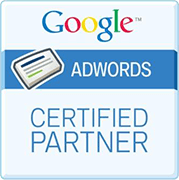So, you have a great website on which you’ve spent a considerable amount of money. Let’s say your business’s products or services are top-notch, and are priced very competitively. Maybe you’re also attracting website visitors through other digital marketing devices like social media marketing, SEO and PPC. Perhaps you’re also publishing great content on a regular basis.
Despite all of these efforts, your conversion rates are much lower than they should be.
What’s going on? Where are you messing up?
You’re not alone. Many businesses – probably also your competitors – have websites that aren’t converting visitors into customers.
Multiple factors will contribute to your conversion rate. Good news: Once these have been identified, they’re generally easily fixed through a number of straight-forward strategies.
Here, we’ve explored seven of them.
1. Your website provides an awful mobile experience
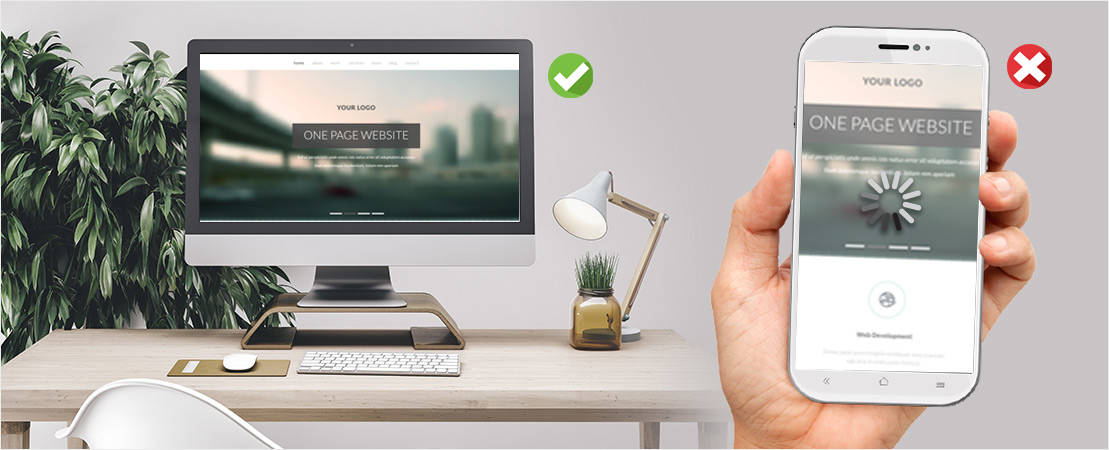
Considering the hefty amount of website traffic taken up by smartphone users, optimising your website for mobile is no longer really optional if you want to avoid losing customers and maximise your conversions. The importance of having a mobile compatible website is undeniable, especially in terms of future growth and adaptability.
It’s easy to check to see if your website passes Google’s mobile-friendly test, but this doesn’t necessarily mean that your website actually provides an accessible, pleasant experience for mobile users.
The most comprehensive way of ensuring that your website is optimised for mobile is to elect for a responsively designed site.
Responsive design aims at crafting websites to provide an optimal viewing and interaction experience on any device, from desktop computers and laptops, to tablets and mobile phones. This provides users with a better, more intuitive experience, and makes it easier and more convenient for them to read and navigate your site.
Ultimately, to dismiss the mobile experience your website provides is to basically dismiss a huge proportion of potential customers and, ultimately, conversions.
2. Your website speed is really slow
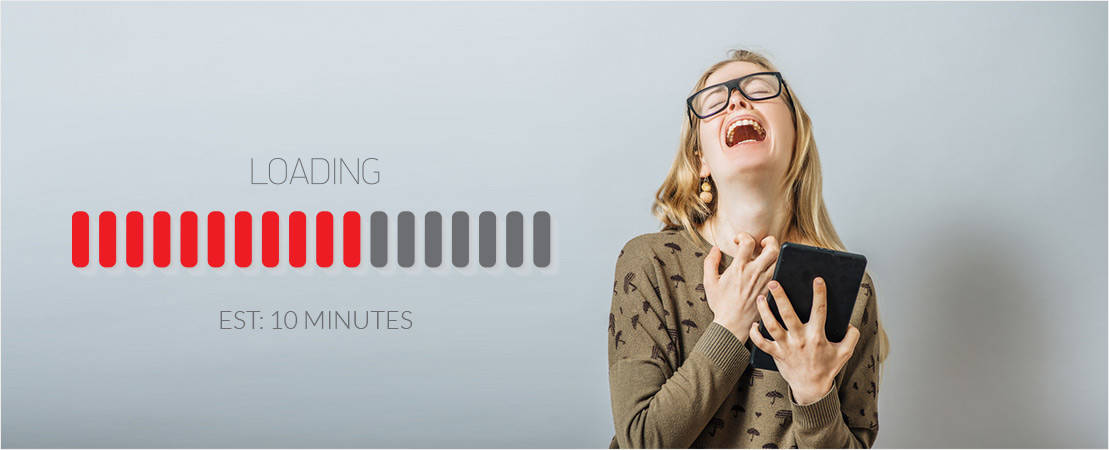
Remember that visitors are not going to be patient. No-one wants to sit around waiting for a website to load, no matter how amazing the products or services available once loading actually finishes. We’ve all done this at some time or another, and it’s undeniably frustrating.
A large number of factors can slow down your website speed. As above, having a site that isn’t optimised for mobile is certainly one of them. The browsing experience will be excruciatingly slow for mobile users if your site isn’t mobile compatible.
Some other factors that will affect loading times:
- Flash and Java
- Excessive usage of advertisements
- Non-optimised images
- Broken links
- Bloated code
- A subpar web host
- Not using browser caching
3. No calls to action
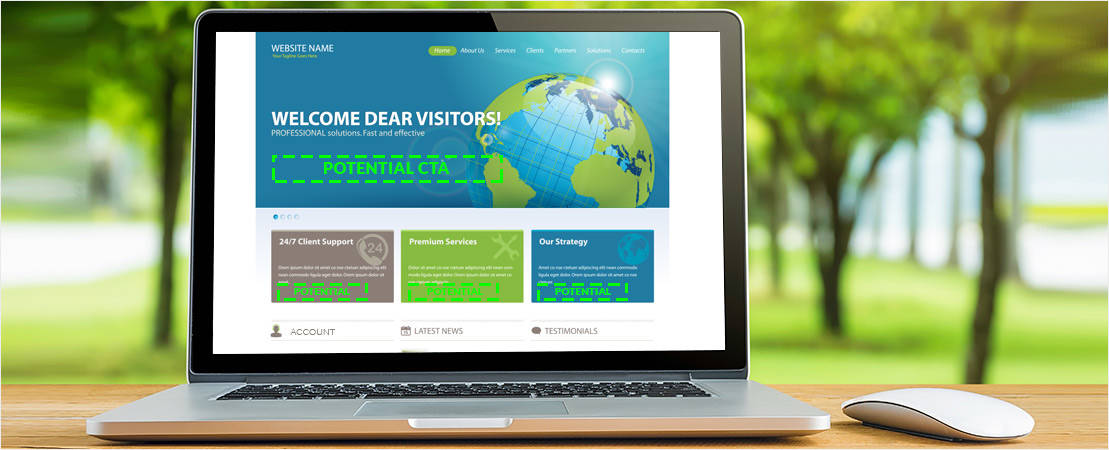
You may provide great information on a user-friendly site, but if your website isn’t converting, maybe you don’t give your visitors clear instructions for what to do next.
Essentially, in marketing, a call to action is the part of your advertisement that tells your potential customer exactly what you want them to do, inciting them to take action by making a purchase or engaging your services. The simplest example of a call to action is "Buy now!"
Your calls to action should be in highly visible locations. Ideally, they should also be included on every page of your site.
A compelling call to action is directional, extremely specific, and provokes an immediate response. The more information you can provide with your call to action, the more effective it will be. A call to action doesn’t need to be flashy or complicated, but it should be very clear.
Consider hiring a professional copywriter to craft directional, effective calls to action for your website. They will be able to target the right audience, use the right voice for your brand, and create engaging content that tells a compelling story about your business.
4. You’re targeting the wrong audience

Your site should specifically cater to and address one or a small range of audiences.
This should be reflected in every component of your site: the design, the style and tone of your copy (including your calls to action), your content material, the ways in which your products or services are framed, and your website layout and navigation.
Don’t try to target everyone. Everybody isn’t going to be attracted to your site and whatever you’re selling, and that’s totally fine. Your business doesn’t need to be appealing to everyone under the sun, but trying to cater to everyone will only result in a marketing schema that’s not specific enough to be effective.
Whether you’re trying to cater to everyone or just catering to the wrong people, improper targeting can totally mess with your conversion rates.
Study your demographics, research your target market in depth, and adjust accordingly. You might need to completely reframe who your ideal customer is, and what you know about them.
Something else you might want to consider here is your keyword targeting – is your SEO strategy sound in terms of your target audience?
5. Your site is difficult to find
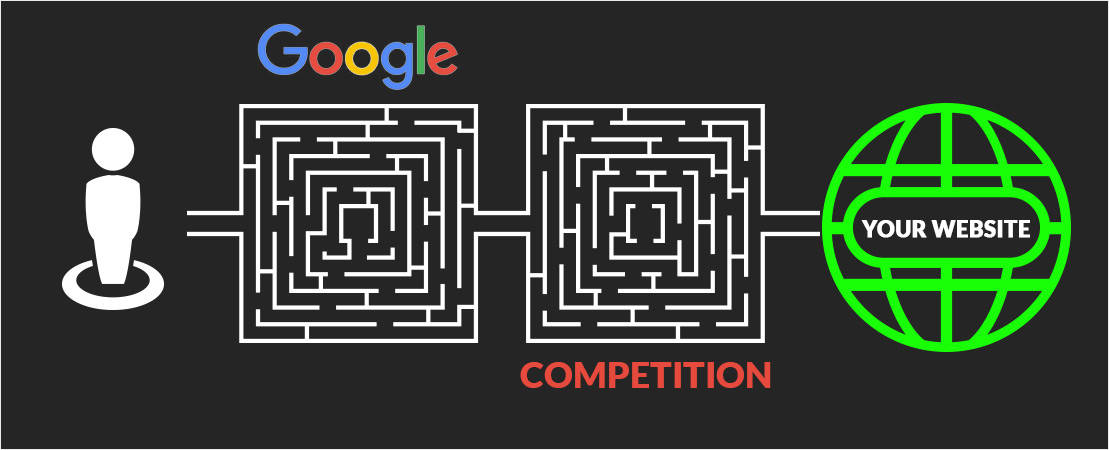
You can build the most dynamic, beautifully designed website in the world, but if no-one can actually find it, it’s completely pointless.
Making it visible via search engines like Google is therefore absolutely vital. To do this, your site needs to be effectively optimised.
Start building backlinks across the web to your site. One of the most effective ways to do this is on social media. Put your story out there, and get other people to share it.
Another way to do this is through regular blogging. A blog is great way of providing your visitors with regularly updated, quality content that provides genuine value and is irresistibly linkworthy. Google also likes to see constant updates on your site – this will enhance the trustworthiness and authority of your business, and improve your ranking.
6. It’s not clear how you can be contacted

Ever been to a website where you’ve had to figure out how to contact the business, or have had to jump through hoops to do so? It’s infuriating, and it’s one of the most common reasons for sub-optimal conversion rates.
Your contact information should be visibly and clearly displayed on every page of your website. While this might sound obvious, findable contact details are by far not universal.
If contacting you is your site’s primary call to action, it should also be distinct from other elements on your website.
7. Lack of trust
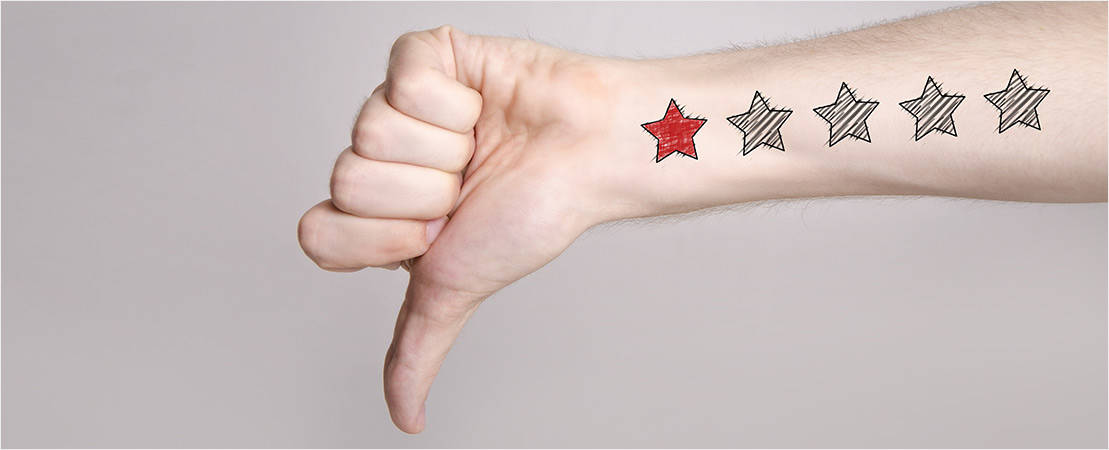
To convert visitors into customers, your website has to look and feel trustworthy.
This is about the perceived credibility and authority of your business, which is established and reiterated across every component and detail of your site.
Broken links, outdated information, poor or amateurish design, sloppy copy, an excessively “salesy” tone, typos and spelling errors: all of these will contribute heavily to diminished trustworthiness.


